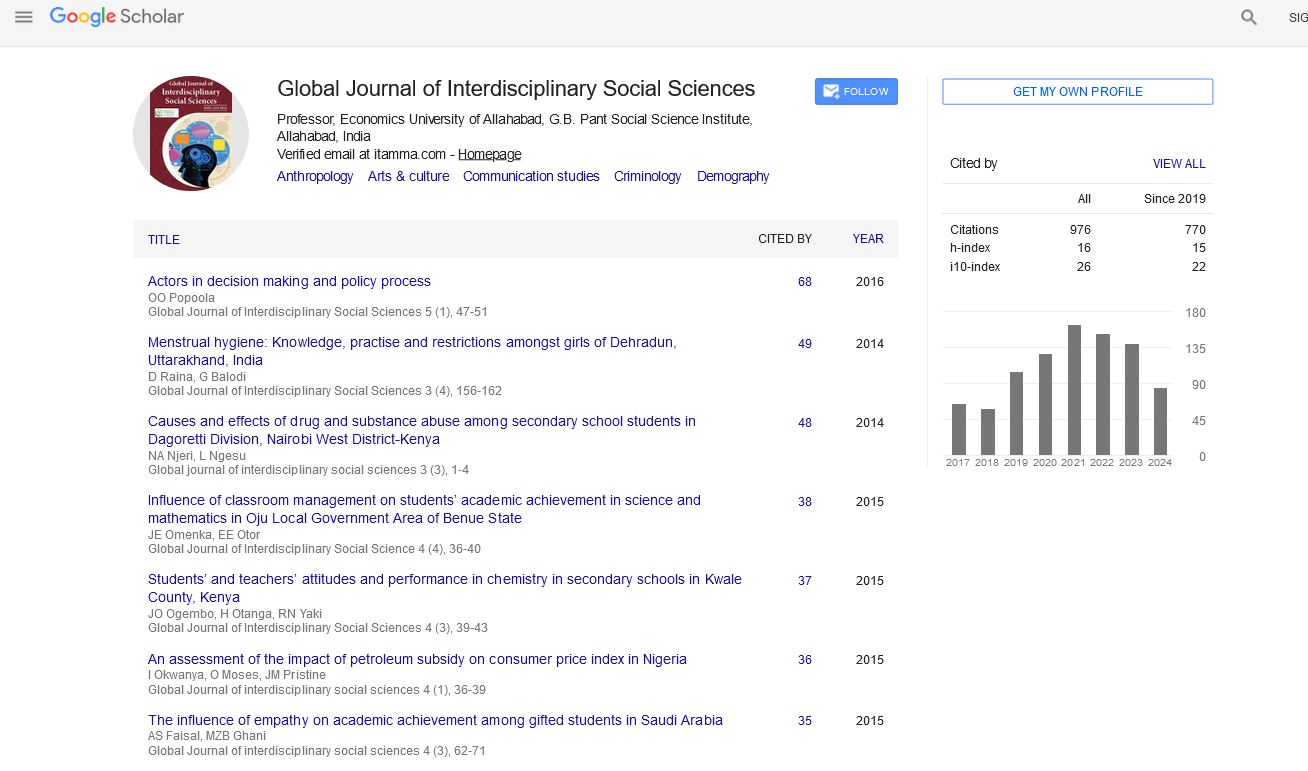Indexed In
- JournalTOCs
- Google Scholar
Useful Links
Share This Page
Journal Flyer

Open Access Journals
- Agri and Aquaculture
- Biochemistry
- Bioinformatics & Systems Biology
- Business & Management
- Chemistry
- Clinical Sciences
- Engineering
- Food & Nutrition
- General Science
- Genetics & Molecular Biology
- Immunology & Microbiology
- Medical Sciences
- Neuroscience & Psychology
- Nursing & Health Care
- Pharmaceutical Sciences
Abstract
The Future of Arab Spring, Reality and Ambition
Dr. Mohammad Salim Al-Rawashdeh and Dr. Hani Abdulkareem Akho Rshaidah
The Arab Spring revolutions varied according to the social environment and nature of each ruling regime, and depending on the degree of civility in surrounding environments, the momentum in achieving the revolution's goals and was faster when charting the features of such revolutions. The revolts of Tunisia and Egypt were the fastest to take shape despite the apparent control and strength of the ruling class, whose allegiance and connections to the institutions providing security for the regime did not cross professional boundaries, though some officials in these institutions reaped multiple material merits at the individual level. History tells us that societies cannot overcome their problems unless and until they face them squarely. The toppling of a long-standing authoritarian regime is not the end of a process of democratization but the beginning of it. Even failed democratic experiments are usually critical positive stages in the political development of countries, eras in which they get started on rooting out the antidemocratic social, cultural, and economic legacies of the past. Too many observers today interpret problems and setbacks as signs that an eventual stable democratic outcome is not in the cards. But such violent and tragic events as the French Revolution, the collapse of interwar Italian and German democracy, and the American Civil War were not evidence that the countries in question could not create or sustain liberal democracies; they were crucial parts of the process by which those countries achieved just such an outcome. The widespread pessimism about the fate of the Arab Spring is almost certainly misplaced. Of course, the Middle East has a unique mix of cultural, historical, and economic attributes. But so does every region, and there is little reason to expect the Arab world to be a permanent exception to the rules of political development. The year 2011 was the dawn of a promising new era for the region, and it will be looked on down the road as a historical watershed, even though the rapids downstream will be turbulent.

